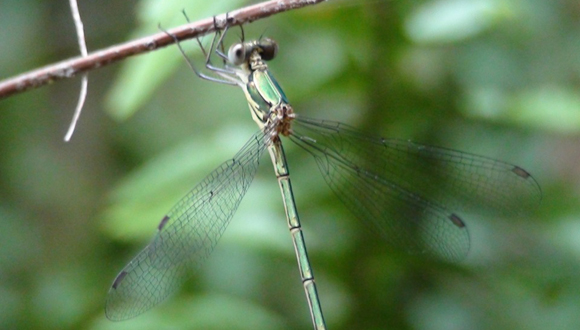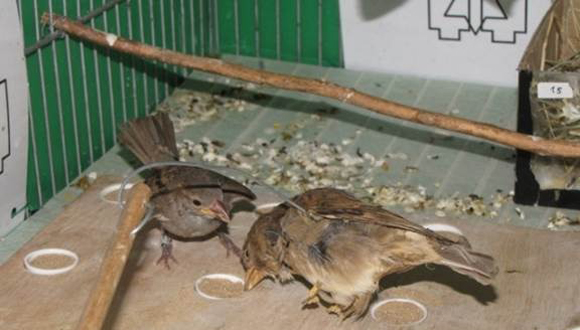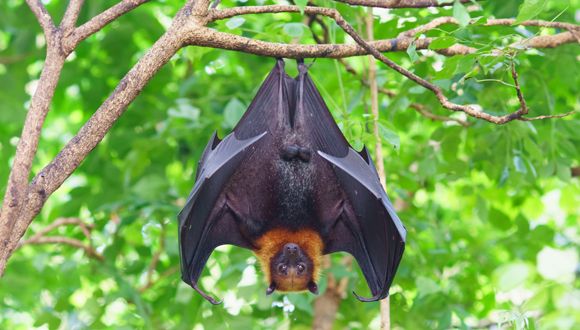Purim in the Labs: Trickery, Subterfuge and Science
Many Tel Aviv University researchers use tricks and disguises in their work.
The Jewish holiday of Purim is being celebrated this week, all over the world. Based on the Biblical story of Queen Esther, the holiday celebrates outwitting one's enemies through donning a disguise. And so, in honor of Purim, Tel Aviv University animal researchers shared some of the tricks and disguises that have helped them make scientific discoveries.
The Way They Move
Dr. Gal Ribak from TAU's Department of Zoology at The George S. Wise Faculty of Life Sciences studies the biomechanics of animal movement. He uses models, simulations and experiments to try and understand the ways in which animals develop their unique style of movement, while relying on their physiology, ecology and evolution.
On the question of whether he uses subterfuge in his research, Dr. Ribak confirms that he is no stranger to that: "All the time. One of the studies in my lab deals with the ways dragonflies home in on their prey. We simulate bogus targets for the dragonflies to chase using biomechanical methods and then study their flight with special video cameras. This lets us learn new things about the neurobiology of flight and contribute to the development of guided aircrafts."

One of Dr. Ribak's studies simulate bogus targets for the dragonflies to chase
Fake Sparrows
Prof. Arnon Lotem, also from the School of Zoology also uses tricks and disguises in his research. He and his students explore the evolution of behavioral and social learning in animals, focusing on the house sparrow.
"In our type of research, experimentation is crucial, but the problem is that we have to control the behavior of some individuals within the group to test the responses of others. To do this, my students and I have, for example, used fake sparrows operated with strings. Using this method we've been able to see productive sparrows who look for food on their own turn into followers who tend to copy the behavior of others in the flock. We've also been able to simulate the relationship between sparrow chicks and their mother and learn about the ways animals teach their young to find sustenance."

Prof. Arnon Lotem and his team have used fake sparrows operated with strings to control their behavior in relation to others
The Problem with Soft Walls
The lab headed by Tel Aviv University's "bat man", Dr. Yossi Yovel [update correct to March 6, 2023: Prof. Yossi Yovel, Head of the Sagol School of Neuroscience and faculty member of the School of Zoology and the Steinhardt Museum of Natural History], is also no stranger to ruses and subterfuge.
"Bats use sonar to 'see' the world," says Dr. Yovel. "We've done experiments where bats fly through a tunnel blocked by a wall, except sometimes the wall isn't really a wall – it's made out of sponge rather than solid plastic. We've learned that bats don't always realize the wall is there when it's made out of a soft material. It's significant because bats can detect small objects, like mosquitos, with their sonar, and yet a soft wall is a problem."
And so, trickery and subterfuge are a key component of some scientific research. They help mimic field conditions and simulate "natural" situations in artificial conditions. For some of Tel Aviv University's researchers, every day is Purim.





